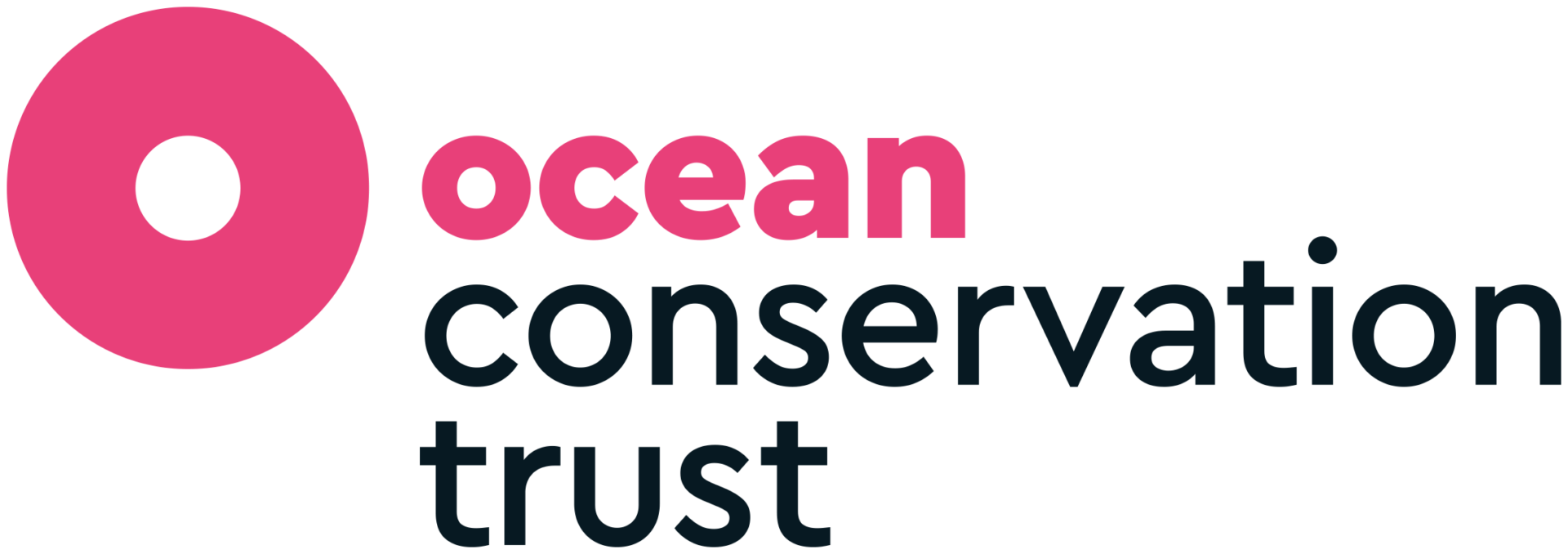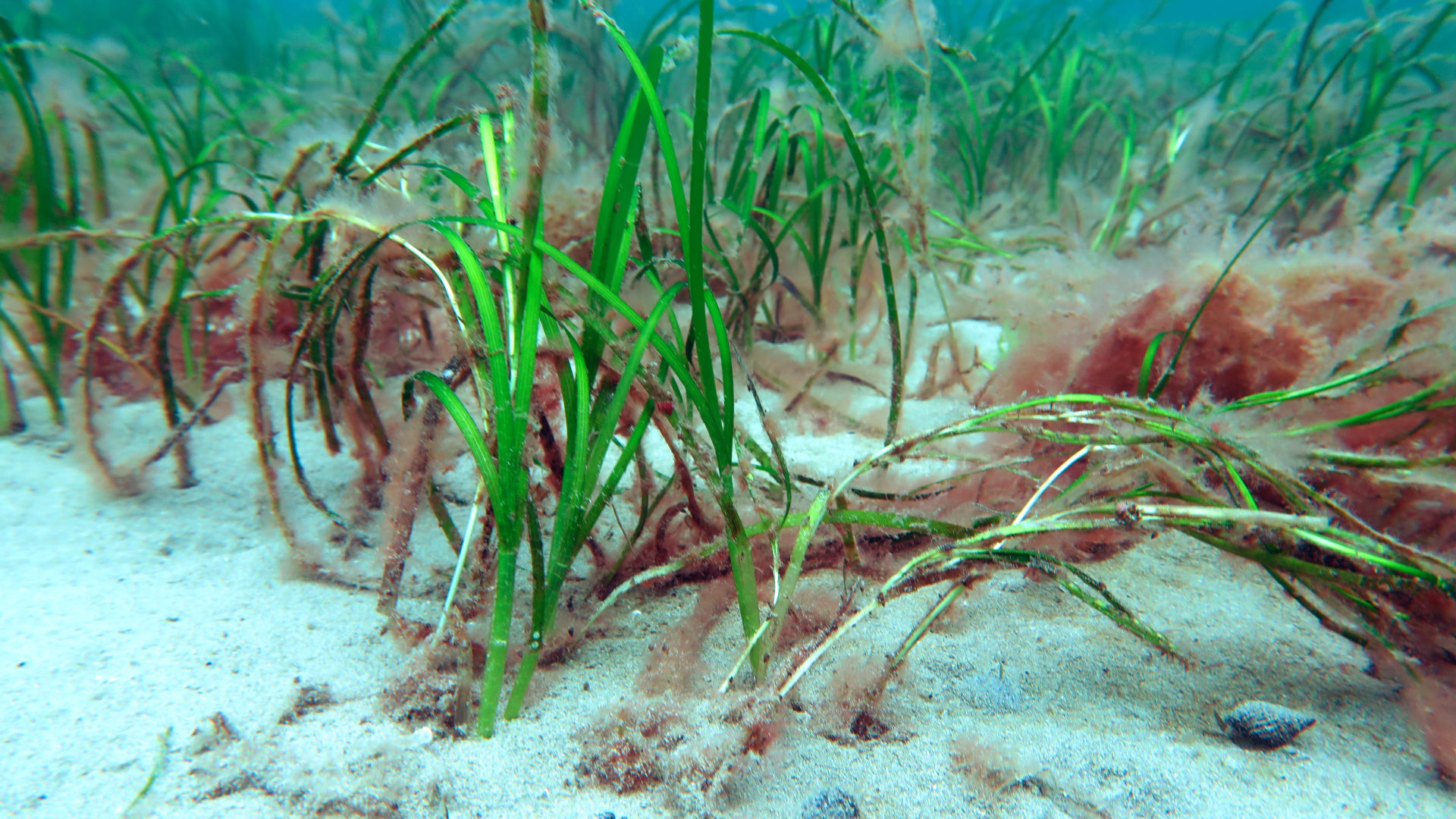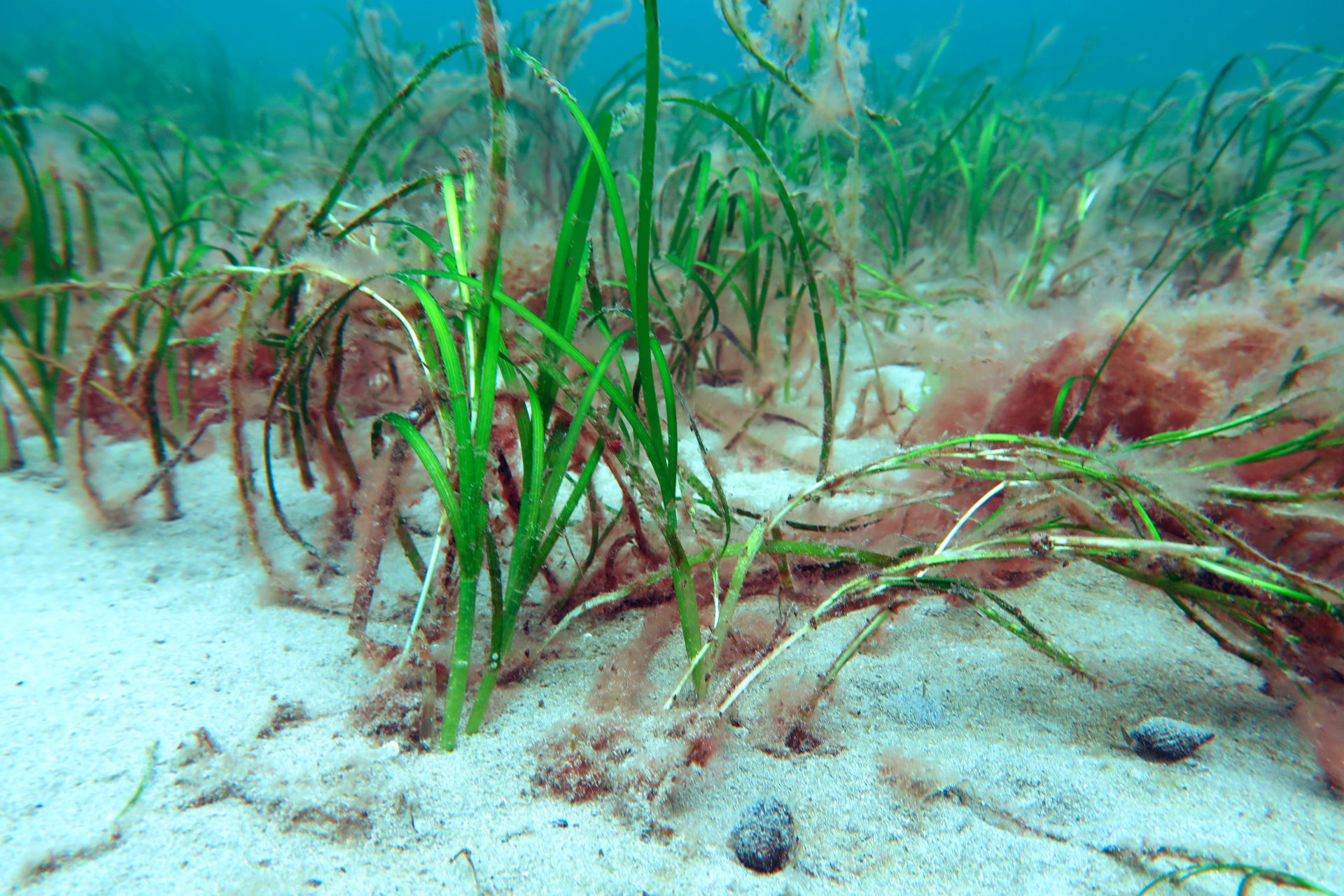The Ocean Conservation Trust is releasing Episode 3 of the Secrets of the Seabed Webinar Series on Thursday 25th March at 6pm.
This episode looks at the use of Advanced Mooring Systems as an alternative to traditional moorings.
Experts in the field will share more about the designs of these systems as well as their potential to limit the impact of recreational boating on seabed habitat.
Many of us enjoy travelling by boat, sailing over the waves, soaking up the sun and maybe enjoying the odd encounter with some amazing wildlife. Sailing is an activity which allows us to connect with the Ocean as we travel.
One advantage of having a boat is that we can explore hidden bays and beaches, as well as have a great place to hang out when our popular beaches are full. Bays and coves are also a place of safety when the weather changes, providing shelter and security while we wait for a storm to pass. These beautiful places are, and should remain, open for everyone to enjoy.

Many boaters choose to use permanent moorings when they stop, rather than anchor. These moorings take different forms – the anchor can be a concrete block, a large piece of metal or even a cement filled tyre. This weighted anchor has chain or rope attached to it which rises to an attached surface buoy. These moorings provide safe anchorage and security, but they can have a detrimental effect on the seabed, for example when the long ropes or chains scour the seabed, removing delicate habitat such as seagrass and maerl.
In this episode we will explain more about which types of mooring to choose when you are anchoring and how they help protect the seabed.
Join our expert speakers:
Richard Robinson
Area of expertise: The history of Helical Anchors and recent work along the South Coast.
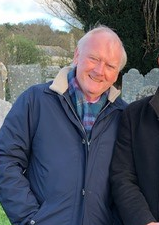
Richard is the founder and Chairman of both Autoguide Equipment and ABC Anchors, Autoguide making installation equipment and ABC making screw piles and anchors. He is a Chartered Engineer with specialisation in Agricultural, Construction and Utility machinery. In general, the group tries to produce unique or significantly improved solutions using our design and manufacturing facility located in Wiltshire.
His involvement with the Utilities led to the design and development of Helical Screw piles and anchors with a new dedicated facility for their production.
Robin Wilhelmsson
Area of expertise: The difference of general approach, and acceptance, to use “eco-friendly” moorings over the years – from Seaflex perspective.
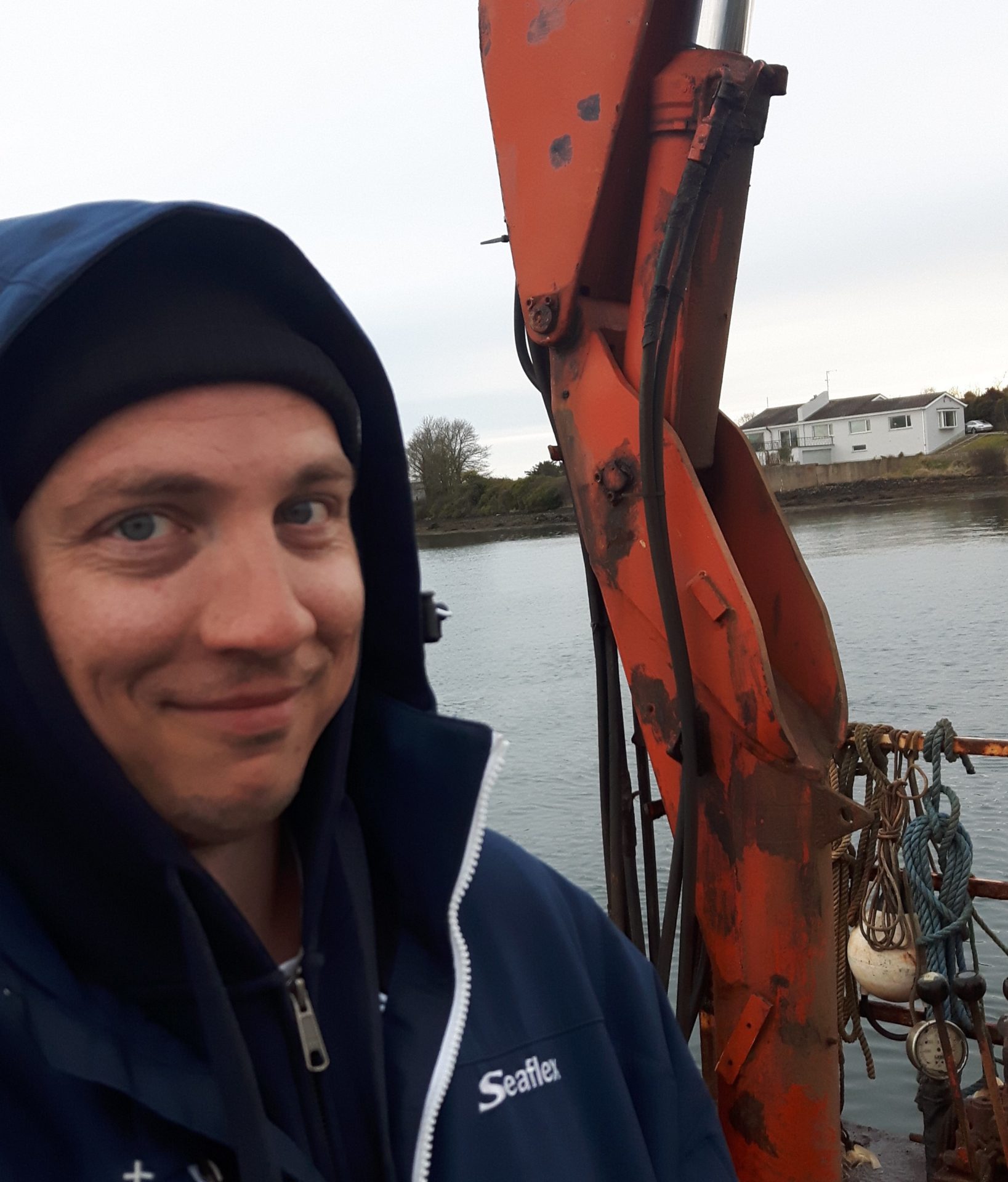
Robin has Worked at Seaflex for 6+ years and is based in Umeå, North of Sweden.
Kate Fortnam
Area of expertise: The Use of Advanced Mooring Systems by Recreational Boater
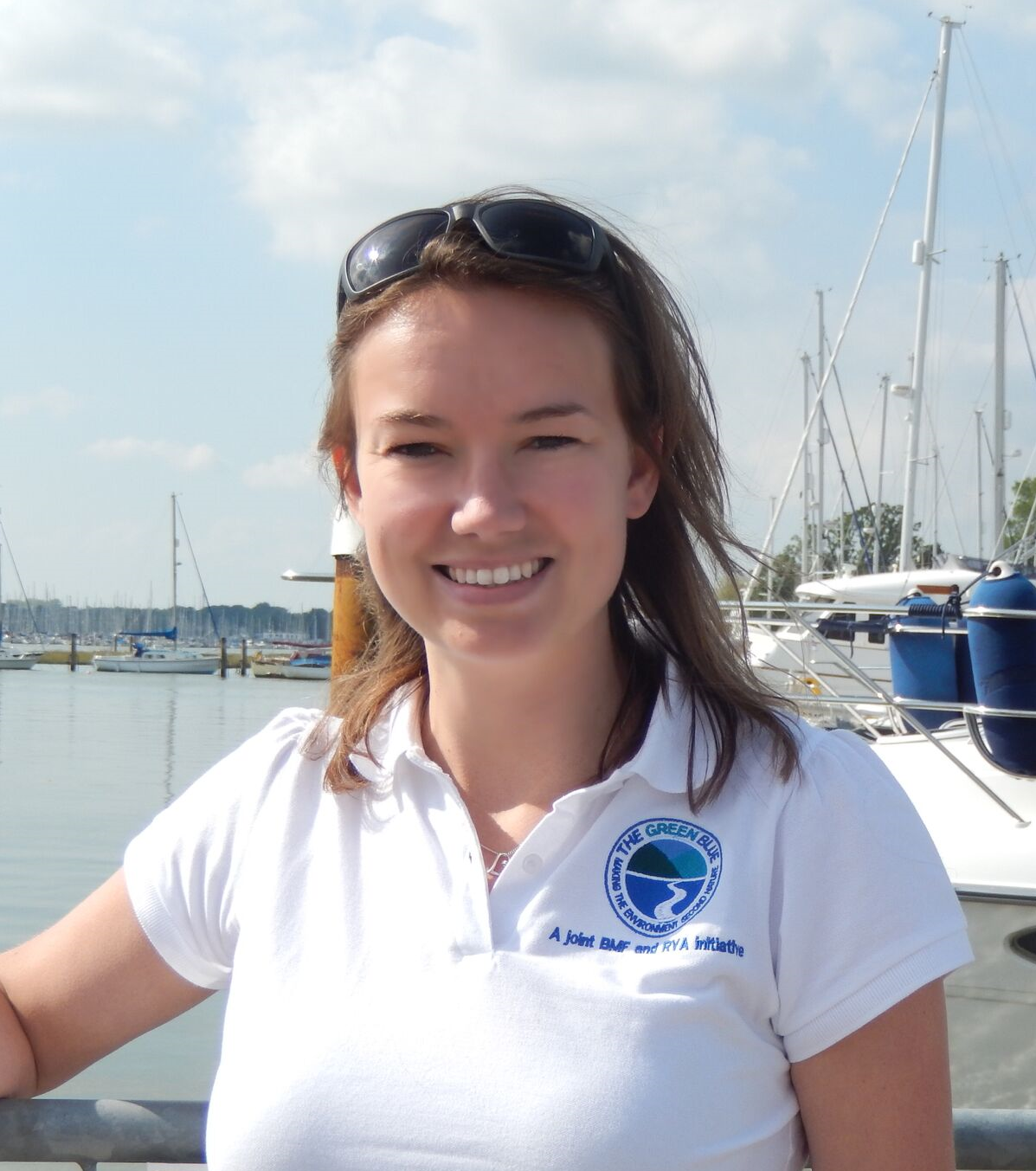
Kate is the Campaign Manager for The Green Blue, the joint environmental awareness programme between the RYA and British Marine. Having grown up on the West Dorset coastline she developed a passion for sailing and protecting the marine environment. Kate has a background in Environmental Science and has worked at various outdoor education centres, as well as several years working as a Geography Teacher before joining The Green Blue in 2014. Working for The Green Blue has enabled Kate to continue sharing her passion for sailing and the natural world, supporting the UK boating community in safeguarding the wildlife, habitats and waters we rely on for our wellbeing and enjoyment.
Mark Parry
Area of expertise: The Sterling Advanced Mooring System
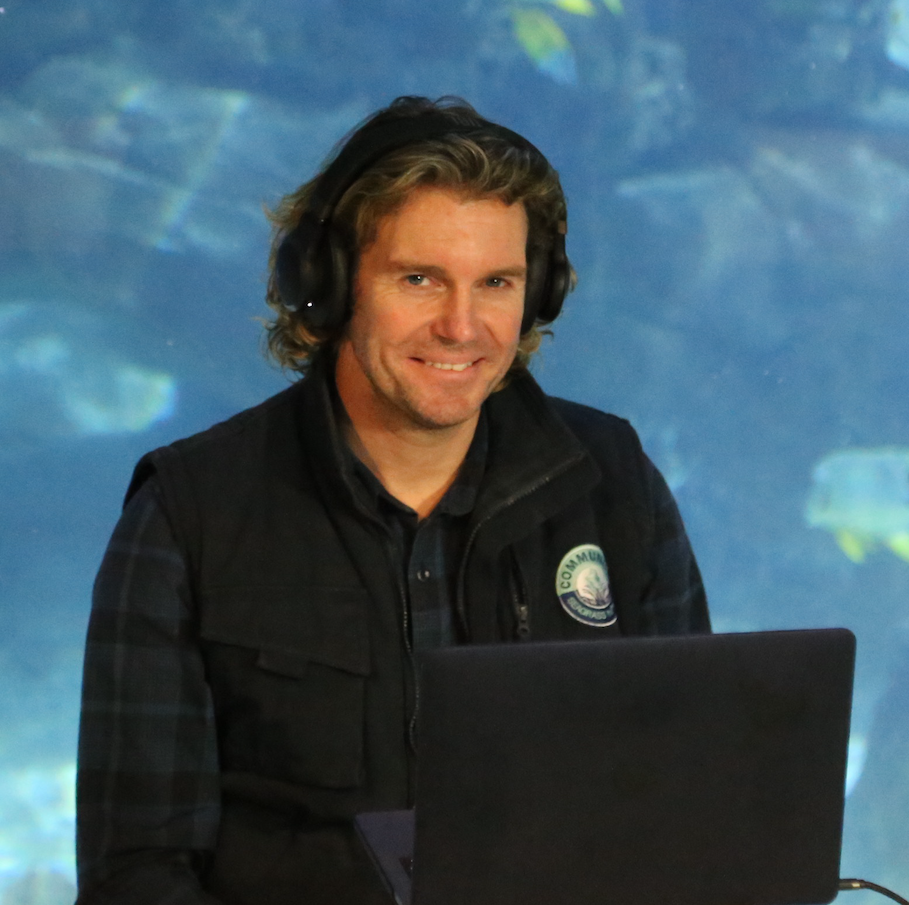
Mark has worked for the Ocean Conservation Trust for 7 years he contributes towards project development and acts as a technical specialist to the LIFE Recreational ReMEDIES. In Marks time at the Ocean Conservation Trust he has been involved in citizen science projects, diver training, seagrass surveys, advanced mooring systems installations and numerous research projects. Mark is going to share his experiences of Advanced Mooring Systems installations and some of the positives the adoption of these technologies can have on sensitive habitats.

